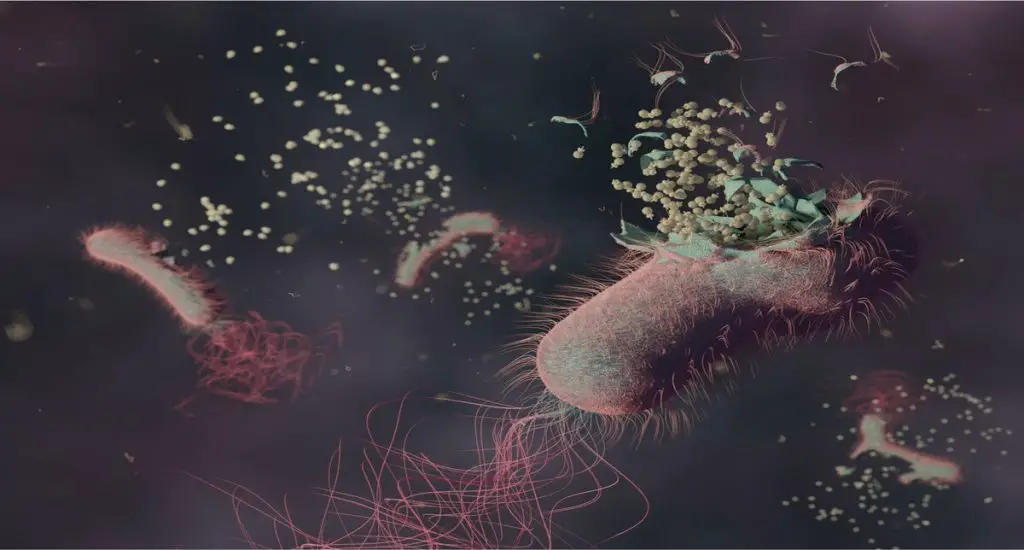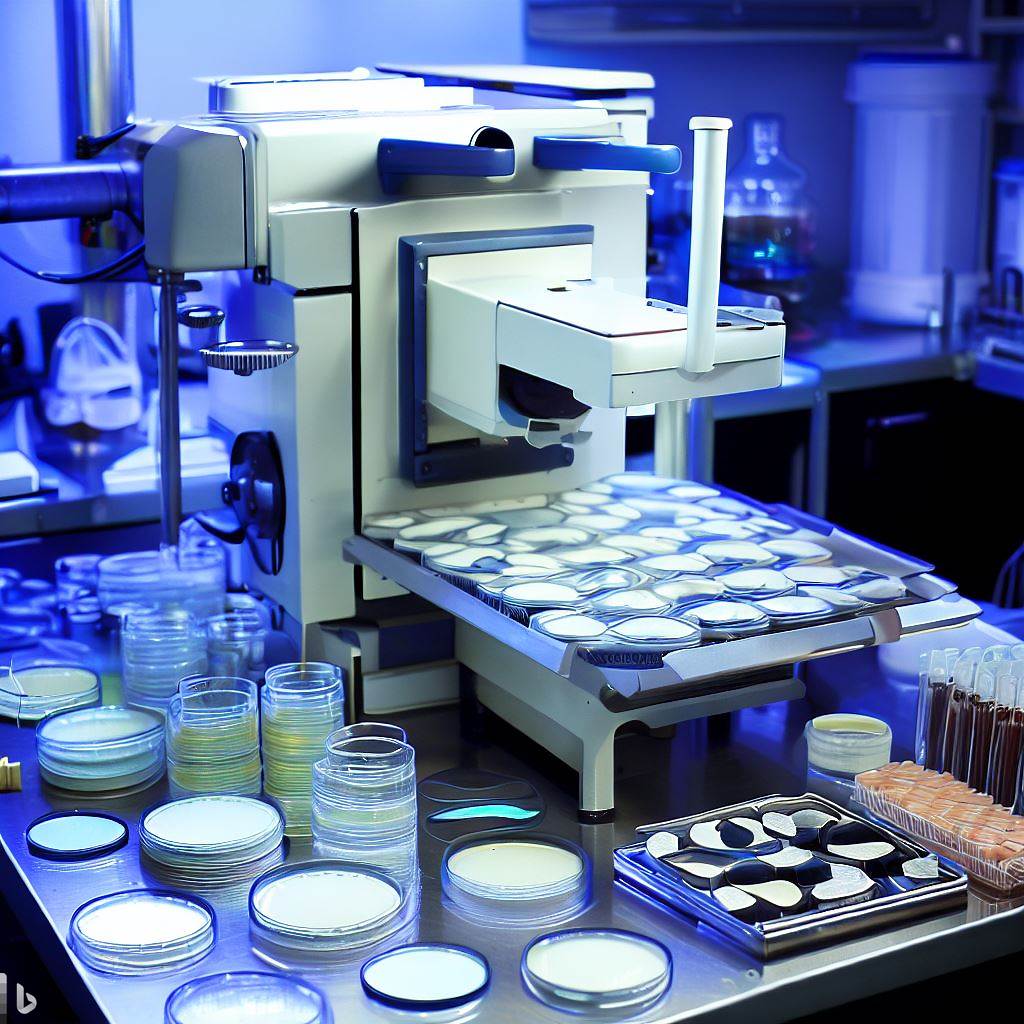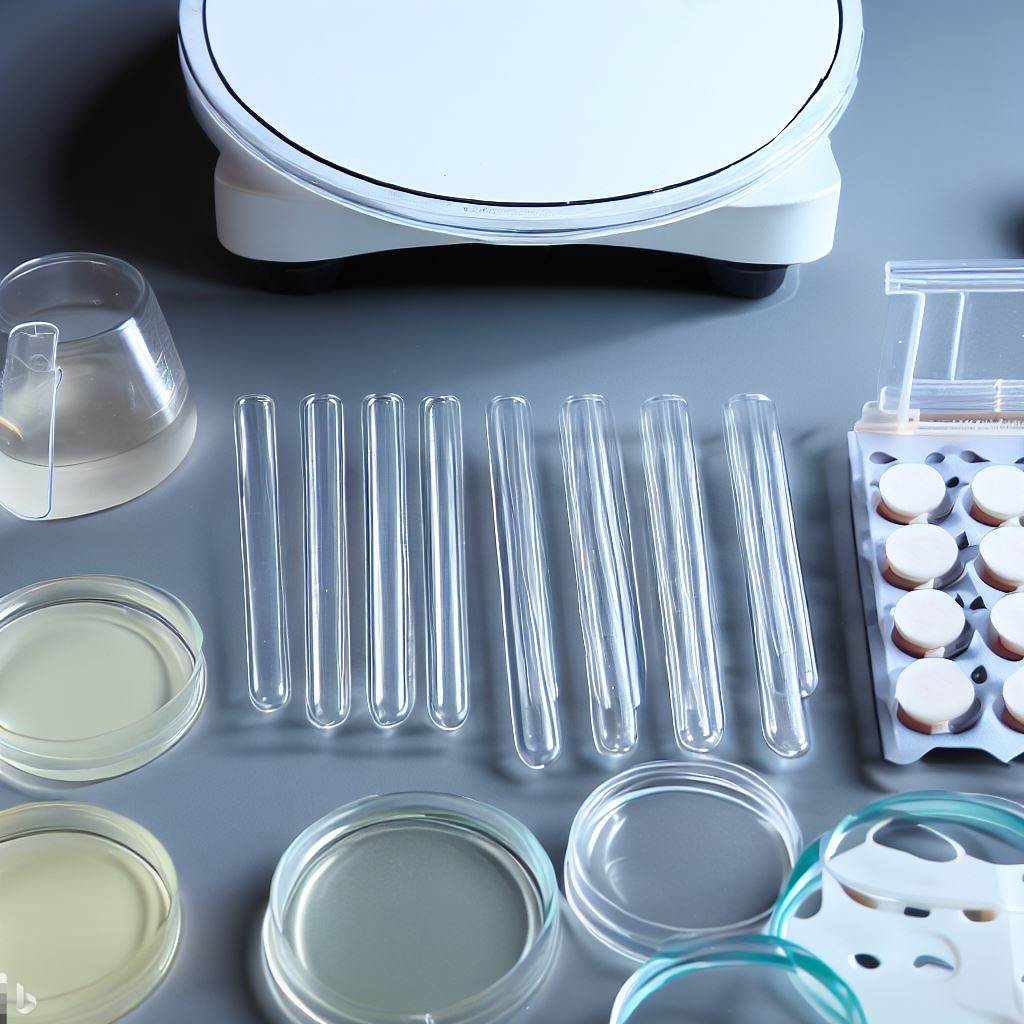Have you ever wondered about the intricate battles taking place at the microscopic level, where viruses called bacteriophages wage war on bacteria? Bacteriophages, or simply phages, are fascinating and highly specialized viruses that infect and replicate within bacteria. While these tiny warriors hold immense potential in various fields, their persistence and survival are influenced by a myriad of factors. Today, we embark on a journey to explore the factors that shape the fate of bacteriophages, all while weaving in a touch of fun, i hope you find it interesting.
- Sunlight: The UV Zone Showdown Imagine a sunny day at the beach, basking in the warm sunlight. Bacteriophages face a similar challenge when exposed to sunlight, especially in the UV zone. Sunlight’s powerful UV rays can damage the structural elements of phages, causing them to lose their infectivity. It’s like a superhero losing their powers when faced with the villainous sun. However, phages have their own clever mechanisms to cope with this challenge, such as hiding in shaded areas or employing protective shields.
- Temperature: A Hot and Cold Roller Coaster Just like humans, bacteriophages have their temperature preferences. Extreme temperatures can affect their viability and storage. Think of a frozen dessert left out in the sweltering sun—melting away its delectable form. Similarly, excessive heat or freezing temperatures can damage the head, tail, envelope, and DNA of phages. They prefer a Goldilocks-like balance, where the temperature is just right to carry out their mission of infecting bacteria.
- Desiccation: When Phages Need a Drink Desiccation refers to the process of drying out, which can pose a challenge to bacteriophages. Imagine being stranded in a desert without water, feeling parched and unable to function properly. Phages face a similar situation when deprived of moisture. Without a suitable environment, their structural elements may become damaged, rendering them unable to infect bacteria. Like a cactus in the desert, some phages have evolved fascinating adaptations to withstand these dry spells.
- Copper Bactericides: The Antagonistic Allies Bactericides containing copper, which are used to control bacterial growth, can inadvertently affect the persistence of bacteriophages. It’s like a fierce battle where a phage fights bacteria, but copper steps in and disrupts the delicate equilibrium. Exposure to copper bactericides can harm the structural integrity of phages, inhibiting their infectivity. It’s a reminder that even well-intentioned interventions can have unintended consequences in the microscopic world.
- pH, Salinity, and Ions: The Chemical Symphony In addition to physical factors, the chemical composition of the environment plays a vital role in determining the occurrence and viability of bacteriophages. Just as the right balance of ingredients is crucial in cooking a delicious meal, the pH level, salinity, and ions in the surrounding environment influence phage survival. Extremes in acidity, salinity, or ionic composition can damage phage structures or cause DNA structural changes, disrupting their ability to infect bacteria.
Bacteriophages are incredible entities, delicately balancing their existence in a world teeming with challenges. From the relentless sunlight to the whims of temperature, desiccation, copper bactericides, and chemical compositions, these factors affect their persistence and viability. By understanding these challenges, we gain insights into how we can harness the power of bacteriophages effectively, especially during application in real life. So, the next time you enjoy a sunny day, experience temperature fluctuations, or ponder the delicate balance of the world, remember the extraordinary journey of the bacteriophage.
References
- Jończyk E, Kłak M, Międzybrodzki R, Górski A. The influence of external factors on bacteriophages–review. Folia Microbiol (Praha). 2011 May;56(3):191-200. doi: 10.1007/s12223-011-0039-8. Epub 2011 May 31. PMID: 21625877; PMCID: PMC3131515.
- Iriarte FB, Balogh B, Momol MT, Smith LM, Wilson M, Jones JB. Factors affecting survival of bacteriophage on tomato leaf surfaces. Appl Environ Microbiol. 2007 Mar;73(6):1704-11. doi: 10.1128/AEM.02118-06. Epub 2007 Jan 26. PMID: 17259361; PMCID: PMC1828813.




